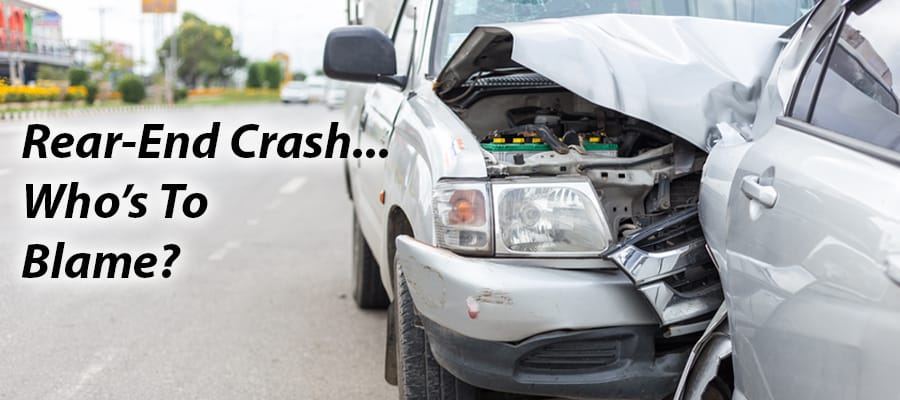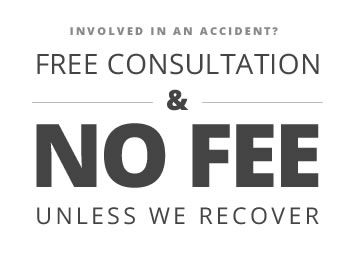When you consider the number of drivers you see speeding, running red lights, and following too closely, it is no wonder that rear-end accidents occur so often. According to the National Highway Traffic Safety Administration (NHTSA), rear-enders are the most common type of traffic collision, comprising almost one-third of all vehicle accidents. Taking into account the number of casualties in Maryland, this data means that around 150 people are killed, and another 10,000 are injured from rear-end crashes every year.
It is easy to assume that the following vehicle is the driver liable for a rear-end impact, but there are other factors to consider. Fault has a very specific definition under Maryland personal injury law, so the related legal issues are more complicated than you might expect. Retaining a Baltimore County car accident lawyer should be a priority, and some information about fault is also useful.
Basics of Fault in Collisions
You can make some assumptions about blame in a rear-ender crash simply because you were involved and you know that you were struck from behind through no fault of your own. However, liability for a car accident depends upon the theory of liability known as negligence. To prove fault, you need facts showing for elements:
- 1. The other driver had a duty to drive safely.
- 2. That person breached the duty of care through unsafe driving.
- 3. The breach of duty was the reason for the accident in which you were injured.
- 4. You suffered losses because of your injuries.
Liability and Rear End Crashes
The assumption that rear-end collisions are the fault of the following driver is not always accurate when you consider the definition of negligence. Instead, you need to look at the actions of each driver, including yourself as the victim. Any unreasonably dangerous conduct behind the wheel could lead that driver to be at fault. The person operating the leading vehicle could be liable if they were:
- Slamming on brakes for no reason;
- Driving a vehicle without properly functioning brake lights;
- Making improper lane changes; or,
- Making an unlawful turn.
Insurance Claims After a Rear-End Crash
Understanding fault is helpful because you know what you need to prove according to the four essential elements above. However, you will need this proof for the first stages of the legal process, not just in court. You must have sufficient evidence when filing a claim with the at-fault driver’s insurance company. Many of these cases are settled by agreement, but you will go to litigation if the insurer does not pay fairly.
A Maryland Car Accident Attorney Can Explain Fault Issues Because liability can be complex after a rear-ender crash, it is crucial to have legal representation to assist with the insurance claims process. You will also need guidance if your case goes to court. For more information on how our team can help, please contact attorney Michael A. Freedman. You can set up a no-cost case evaluation at our offices in Owings Mills or Glen Burnie by calling 410.363.6848 or visiting our website.



